GLA HOME > GLA NEWS > Hyundai, Hanjin have a better chance of surviving together, Drewry says
Editor:glafamily Release time:2016-03-07 Browse:11828
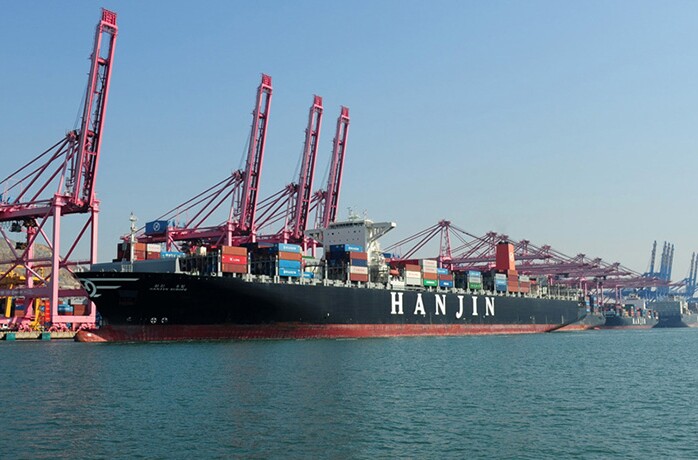
Hyundai Merchant Marine and Hanjin Shipping would stand a better chance of surviving their crushing debts if the carriers were merged, something that Drewry believes is now a distinct possibility.
The London-based analyst said in its Container Insight Weekly previous merger talks between HMM and Hanjin were put to rest by the Korean government last year, but the debt situation in both companies was causing serious concern in local circles and could bring the companies back to the table.
HMM late in February rejected speculation of a merger with its Korean rival. “The merger between HMM and Hanjin Shipping is a half-baked rumor,” HMM said in a statement on Feb. 29. “All interested parties (HMM, Hanjin Shipping, Ministry of Oceans and Fisheries, financial authorities, and the Korean government) have denied a merger between HMM and Hanjin Shipping.”
Hanjin echoed the remarks, denying there would be any tie-up, although at the end of 2015 the carrier had a total debt of $5.4 billion and a debt ratio of 848 percent, up from 687 percent in the third quarter, while $1.2 billion of debt comes due this year.
But HMM is on course to report five consecutive years of operating losses when it releases its full-year 2015 financial results. Drewry said the accumulated losses in its container division alone since 2008 through the first 9 months of 2015 amounted to $352 million.
“As the company sells off other non-core assets the container division is growing in importance; container sales now account for approximately three-quarters of HMM revenue, up from two-thirds in 2008,” Drewry noted. The analyst said Hanjin was no model of financial well-being itself, but it has at least managed to turn profits in the container market in the last two years.
“The increasing reliance on the container sector puts HMM in a tough spot as the near-term outlook for the industry is negative — we expect the industry to lose in the region of $5 billion in 2016 — meaning that the company will have to consider all options, including a merger with Hanjin,” Drewry said.
The analyst outlined the new capital that HMM has raised which, combined with its restructuring efforts, has totalled close to $3 billion. The carrier is also trying to reduce its financial costs by renegotiating its debt and as JOC.com reported last month, HMM has asked vessel charter parties to reduce their daily fees, many of which were agreed to when shipping was booming. Drewry said it believes creditors have tasked HMM with securing 20-30 percent cuts in charter costs as a condition for further assistance.
But investors and creditors are skeptical about the carrier’s ability to pay them back, and with good reason. Despite of all of its efforts, HMM remains in a liquidity crisis that threatens its ability to meet its operational and debt commitments, with loans of 382 billion South Korean won ($334 million) maturing in 2016 and 606 billion won ($530 million) in 2017, the analyst said.
A merger would propel both carriers from being on the peripheries of the Top 20 to the fourth-largest operator in the world (before the merger of Cosco and China Shipping Container Lines into China Lines) with combined worldwide volumes of 8 million 20-foot-equivalent units from a fleet capacity of just over 1 million TEUs, a market share of 5 percent based on the current fleet.
The pairing would have a much stronger position in the key east-west trades as well as the intra-Asia market. Based on the ships deployed in February 2016, Drewry said HMM/Hanjin would have an 11 percent share of the trans-Pacific and 8 percent of Asia-Europe. Such a combination could also help drive Busan, Korea’s main port, to grow quicker, which might appeal to local interests.
Consolidation between liner operators is not a panacea to the industry’s woes because it doesn’t remove the excess number of ships, but Drewry said for all of its efforts, HMM remained in trouble. A merger with Hanjin would create a stronger entity and increase their chances of surviving in a very tough market.
Previous:US Coast Guard, World Shipping Council work to clear up SOLAS confusion Next:Asia-Europe container spot rates near all-time low
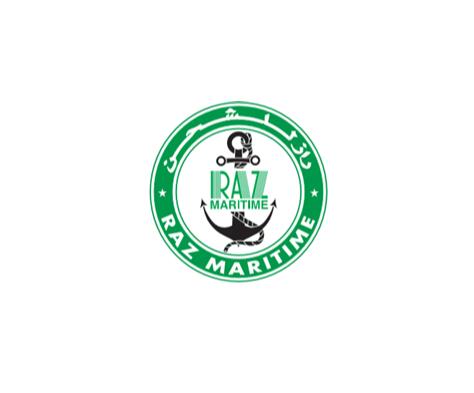
GLA New Membership —— Raz Maritime Services in Saudi Arabia!
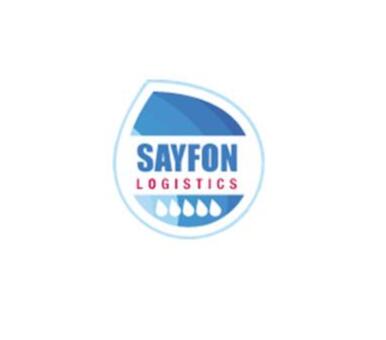
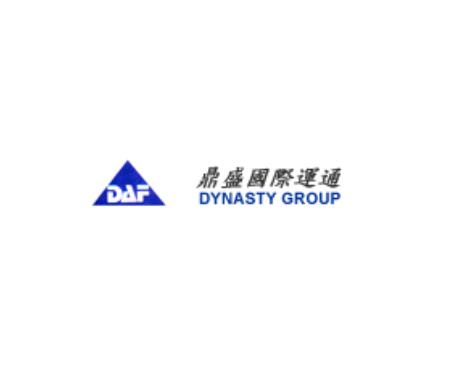
GLA Membership Renewal — Dynasty Air/Ocean Freight Co. Ltd in Taiwan!
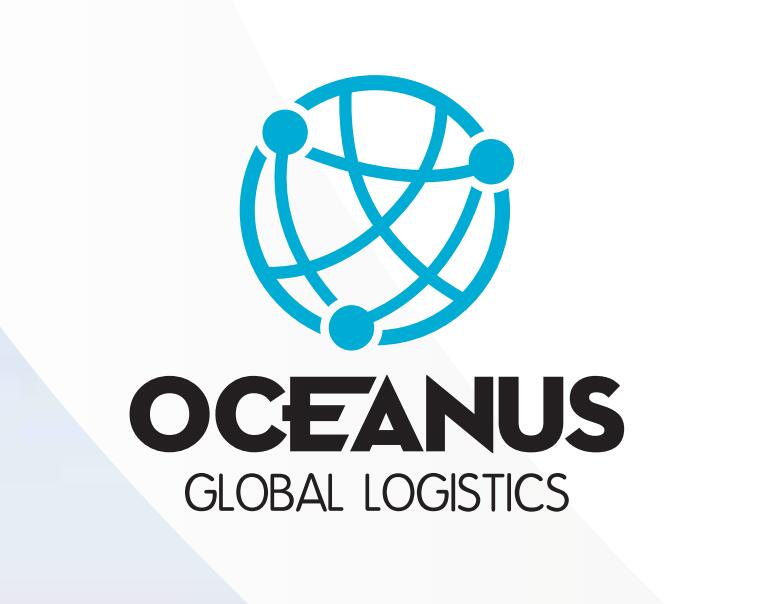
GLA Membership Renewal — Oceanus Global Logistics in Vietnam!
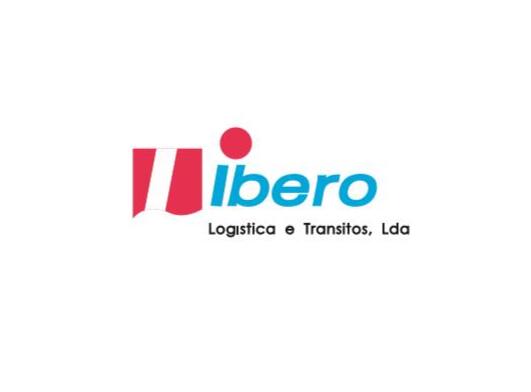
GLA Membership Renewal — Ibero Logística e Trânsitos Lda in Portugal
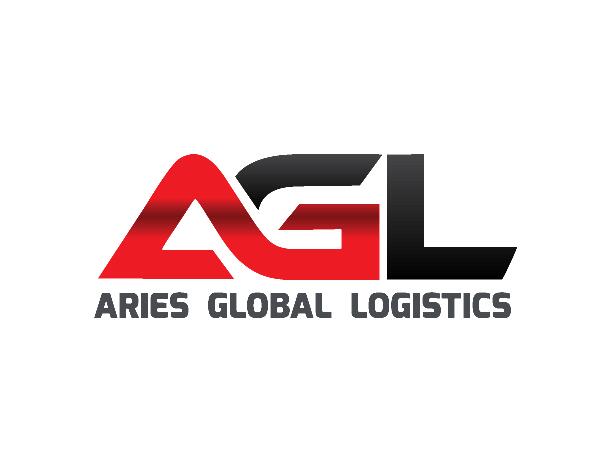
GLA New Membership — AG Logistics & Supply Chain Co. Ltd in Cambodia